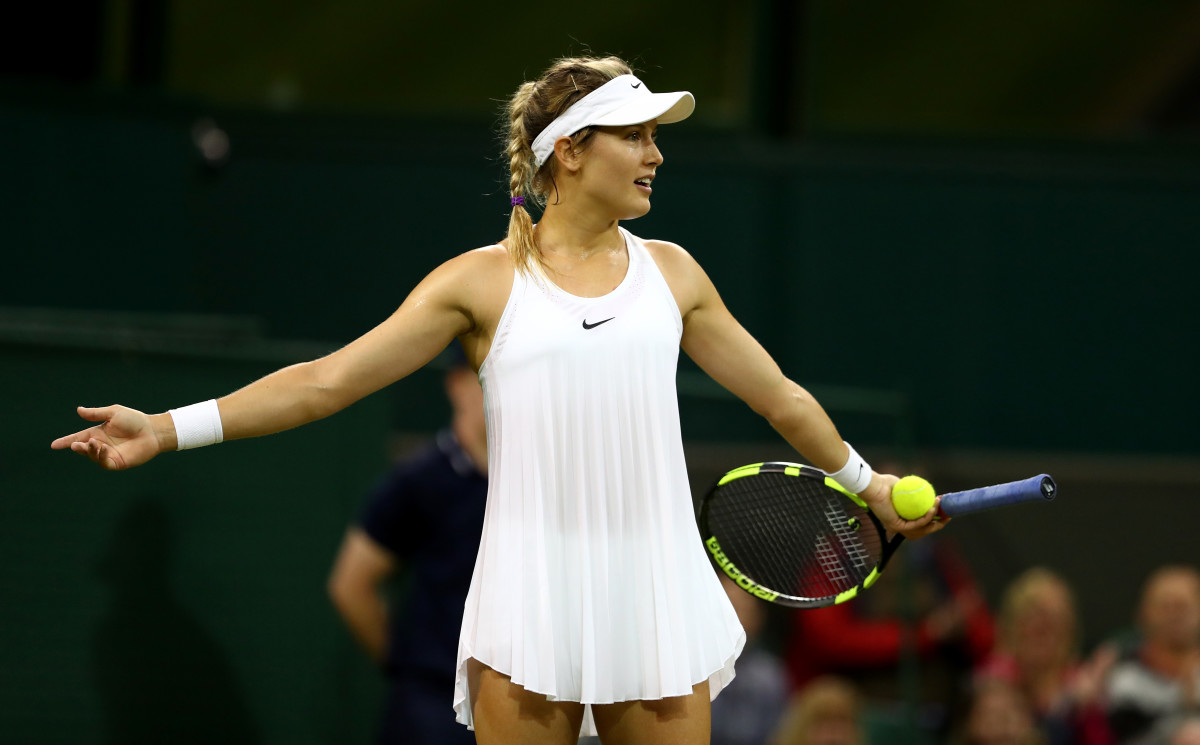Federer ends No. 772 Marcus Willis's cinematic run at Wimbledon

Your teams. Your favorite writers. Wherever you want them. Personalize SI with our new App. Install oniOS or Android.
LONDON – From, say, the mid-80s to the mid-90s Hollywood was in love with sports. Season after season, the tastemakers pumped out classics: Hoosiers, Jerry Maguire, Bull Durham, Field of Dreams, Rudy, League of Their Own, The Natural, various and sundry Rockys….Even the bad sports movies like Over The Top and BASEketball had a certain cult appeal
Today, it’s hard to get any big budget sports movie greenlit. And usually those few that do get made are either sequels (Creed), star vehicles (the profoundly disappointing Concussion), or adaptations of Michael Lewis books (Blind Side, Moneyball). The given reason for this slowdown: sports don’t translate to the foreign market. Notre Dame walk-ons; Ghost baseball players in Iowa cornfields… they don’t sell tickets and DVDs (remember DVDs?) and downloads in Dubai, Mumbai, and Shanghai.
• Wimbledon Day 3 results: No. 1 Djokovic advances to third round
But the suspicion here is that something else is going on: Sports of the unscripted variety provide so much organic drama, who needs a screenplay? Think about the last week alone. Like a bible character, LeBron comes home to Cleveland and brings long-awaited success. Tiny Iceland is the darling of Euro 2016. Johnny Manziel, sports’ prodigal son, continues his bender.
Sports have heroes. And villains. And characters who go through transformations. Sports already have the tried-and-true movie premises. Themes of redemption and homecoming? The group that comes together for the common goal? The crusty authority figure who is actually soft on the inside? Powerful institutions shaken to their foundations? Sports gives us this for free—and we don’t leave after two hours with gunk on the bottom of our shoes.
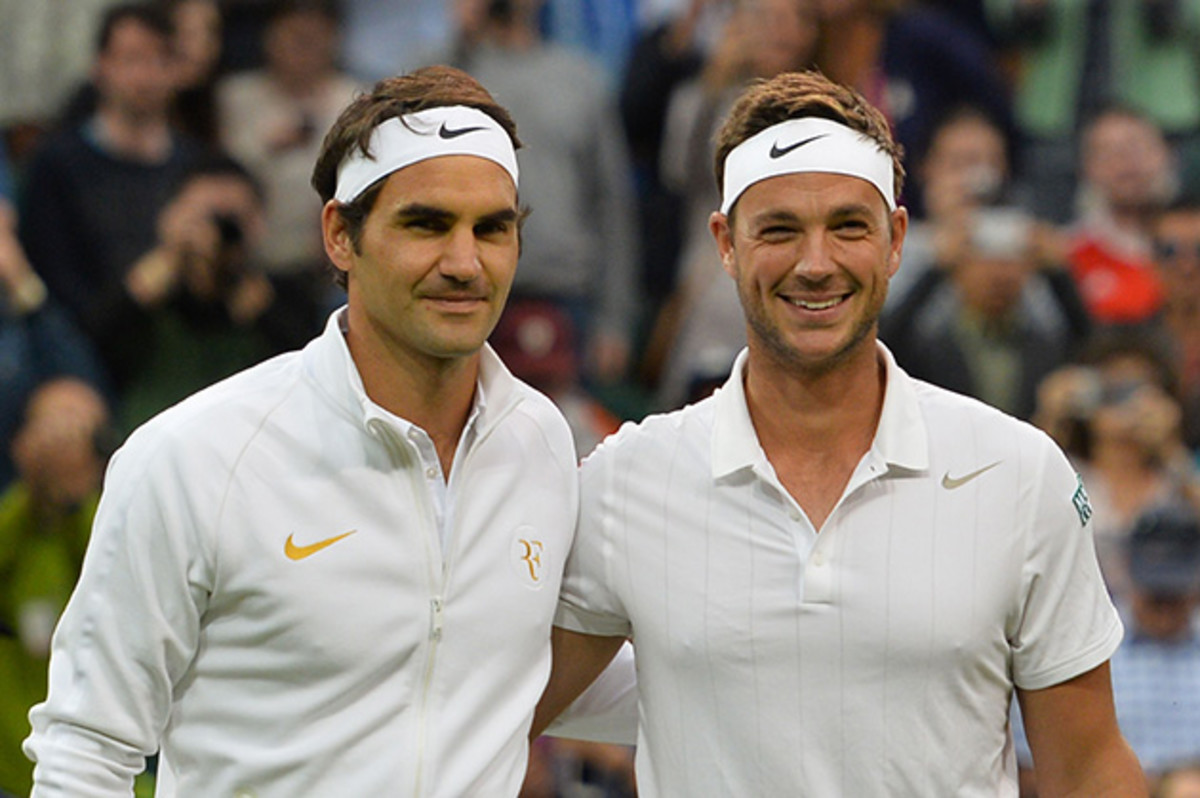
We got another version of sport’s inherent cinematic-osity at Wimbledon on Wednesday. A few weeks ago Marcus Willis was a tennis hobbyist, the 23rd-ranked Brit who gave lessons for $40 an hour and was still on a court mostly because his girlfriend, a dentist, talked him into it. (If you were going to make a British dentist joke, Willis has beaten you do it.)
Figuring he has nothing to lose, Willis, ranked a lofty No. 772, enters a Wimbledon prequalifying tournament. He wins three matches and is in the qualifying draw. He wins three more matches and suddenly in the main draw of Wimbledon. He wins his first match. In his second, he faced the great Roger Federer, seven-time champion, on Centre Court. It was going from a baseball beer league to the World Series in the course of a week.
As Willis was calling it “mad crazy,” his mother/mum was giving the straight dope. “He never washes up, he’s very untidy—he’s a typical boy,” Cathy Willis told The Guardian. “I think they’ve given him some new clothes so we’re all right there—no grey socks for Marcus.”
• Marcus Willis played Roger Federer in a Roger Federer shirt
Wearing a perma-smile that exposed his British teeth, Willis savored every minute on court. Actually, 84 of them, to be precise. While Federer was exceptionally gracious—“This is the kind of stories we need in our sport. I think it's a great, great story”—he didn't play with much empathy. After seven games, Federer led 6-0, 1-0. When Willis finally won a game, Centre Court erupted. Final score: 6-0, 6-3, 6-4. Federer won in every category, grins notwithstanding. Willis took the victory lap on the best day of his tennis life.
Federer was right. It was a great story. And there will be another soon enough. Whether it’s Iceland continuing to win in the Euro2016, or a runner named Bolt dominating Olympic sprinting or the Cubs finally taking the World Series, we’ll get another who-writes-this-stuff-anyway? moment soon. We are, after all, talking about sports here….
Five thoughts on Day 3
• We saw the benefits of a roof today. It rained steadily but we had wall-to-wall tennis. Centre Court fans were able to watch matches. The TV beast was sated. Stating the obvious, this was a sharp departure from Roland Garros.
• The nine best things about Marcus Willis’s match vs. Roger Federer
• In the day’s first match, Aga Radwanska, a former finalist, breezed with little difficulty. We tend to think of grass as the province of the larger power hitters. But Radwanska stands low to the ground and has mastered taking advantage of the low-bouncing ball.
• The Novak Djokovic train continued rolling, as he beat Adrian Mannarino in straight sets. Here’s something to consider: take away the 2015 French Open final and Djokovic might well be going for his SEVENTH straight major.
• Daily Data Viz: Djokovic's calendar Grand Slam pursuit at Wimbledon
• For a guy whose work ethic and jones for competition are often malign, note that Bernie Tomic is 7-2 in five-setters and 4-0 at Wimbledon. On Wednesday, he added to that tally with another decisive-set win, beating Fernando Verdasco 4-6, 6-3, 6-3, 3-6, 6-4 in a first round match resumed from Day 2.
• Johanna Konta wins her first Wimbledon match of her career, beating Monica Puig, and becomes the best homegrown female since....Jo Durie, maybe? Kirsten Dunst?

Beyond the Baseline: SI's tennis podcast
Sports Illustrated Podcast Network



Mailbag
Have a question or comment for Jon? Email him at jon_wertheim@yahoo.com or tweet him @jon_wertheim.
I think I've asked this before, but no reply. Why do so many tennis tournaments, especially the Slams, not follow the seedings? I mean, what's the point of seeding players if the numbers are meaningless? I could give countless examples, but just one major one to explain: Djokovic is seeded No. 1 and Federer No. 3 at Wimbledon. They should not be able to meet until the final, yet they're in the same half of "the draw" and could meet in the semis. It's ridiculous.
—Bob Tighe, Gainesvile, Fla.
• We should have a cut and paste here. The thinking is that by departing from conventional 1 vs. 16, 2 vs. 15 seeding tennis adds variety. Otherwise the same match-ups might arise again and again.
• No. 1 Serena starts Wimbledon title defense with straight sets win
Is there salvation to Vasek Pospisil? At 26, he'll drop to No. 95 next week, as he couldn't defend his quarterfinals from last year. 5-17 this season with 11 losses in first round, the whole clay tournaments included. Won back-to-back just matches once, at Aegon Championships, against Tobias Kamke (No. 134) and Stefan Kozlov (No. 177), and then lost to Donald Young (No. 75)... He said to Stephanie Myles in a recent interview that his back was hurting so bad lately that he couldn't even practice, and still playedall tournaments of the last two months... to lose them merciless. Is it time for coaching change?
—Demetrius Caesar, Montreal, Canada
• We talk about Genie Bouchard but her Canadian-in-Crisis was nothing compared to that of Pospisil, a talented, athletic player, who struggles with injuries and—not unrelatedly—closing matches. As you note, his back is a perpetual problem and yet he plays an awful lot of events, singles as well as doubles. Pretty soon, he’ll have to qualify for main draws. Bits of consolation: a) His doubles play will enable to make a good living and stay match fresh b) He has the kind of potentially explosive game that, once healthy, he can get back to, say, the top 32 fairly quickly. C) He only tuned 26 last week.
• Bend, don’t break: Andy Murray finds freedom in flexibility training
Okay, you asked for it. Here’s another WTHIGOW. I saw Caroline Wozniacki lost again. WTHIGOW her?
—Tom P., London
• I don’t know when the interviews post on the Wimbledon site, but when Wozniacki’s chatter with her interlocuters is up, have a read. She addresses her rough year and the state of her game.
• Wozniacki's miserable year continues with another early loss
She’s had some bum luck with injuries lately—most notably her ankle. Her confidence, not unrelatedly, is lacking. But, I think a lot of her issues are between the lines. She is a terrific athlete and has a sizable physique, but is inexplicably reluctant to hit the ball. As much as we all despise mindless bashing, Woznaicki is the other extreme. She plays conservatively to a fault, lapsing into defense and taking few risks with pace or placement. I watched some of her match against Kuznetsova (a brutal first round draw; but these things happen to the unseeded) with a recent WTA coach. Her marveled at how often Wozniacki lapsed into defense mode and took middle-of-the-court balls and simply looped them back into play.
Love the column. I can't help but be amused by the irony of Jimmy Connors being a presenter at the Hall of Fame induction festivities where Marat Safin is being inducted. If Safin had had Connors' focus and competitiveness, how many Grand Slam titles would he have won! What Hall-of-Famer (future inductee) do you think is the biggest underachiever (if being in the Hall of Fame can be considered an underachievement)? I think Safin has to be up there. He came of age in a time slightly before (or with, in Federer's case) the Federer-Nadal-Djokovic-Murray quartet. Based on talent alone, couldn't/shouldn't he have won at least a handful more majors?
—Cheers, Jack
• It’s hard to call someone who won multiple majors an “underachiever.” But yes, Safin could have used some of Connors’ mentality and competitive fire.
• How a sportsmanship lesson helped shape Federer's new fashion line
Couldn't agree more with you about Novak's underrated-ness. If this were Federer, Tiger or any American, there would be unprecedented fanfare. The only other player who can think of that drew this little fanfare for an amazing season was Mats Wilander when he nearly won the Grand Slam. Djokovic is charismatic, multi-lingual, demonstrates sportsmanship and, oh yeah, a phenomenal player his biggest detriment is he's not Federer. Let's show him some love.
—Neil Grammer, Toronto
• I’m starting to think that this trope of “Djokovic gets insufficient respect” will be repeated so often that the premises will be disproven.
Notion to ponder: Should aspiring tennis players have a gap year as they navigate their careers? So many players have had these exiles of sorts—Sadikovic, Bacsinszky, Petkovic, Clijsters, Hingis, Henin… even Chris Evert took portions of the year off in her prime…. and also Serena and Agassi in their own ways.
—JD
• The casual tennis fan’s guide to Wimbledon 2016
• Interesting. It's not even a gap year. In those situations you fully expect to return. In many of the above instances, it’s like breaking up with a significant other: you’re prepared to sever ties, only to realize you’ve made a mistake. Then—heart having grown fonder in the absence—you seek reconciliation. You return with renewed sense of clarity and perspective and grasp of how much passion you hold for tennis. If nothing else, the above examples illustrate that a decision to spend time away from the sport can be helpful (and hardly fatal) to a career.
Regrettably, the injury-o-rama that is contemporary professional tennis ends up imposing one these “gap periods.” It’s the rare player who hasn’t spent a chunk of time idled (and, we hasten to add, unpaid) by injury. Pet theory: one reason careers are extending longer than ever: so many players are out of action during their 20s and getting the years back on the other end.
Shots, Miscellany
• From Tennis Channel: In praise of Nicolas Mahut.
• American Experience announced today that TheBoys of ’36, a new one-hour documentary inspired by Daniel James Brown’s critically acclaimed nonfiction book The Boys in the Boat: Nine Americans and Their Epic Quest for Gold at the 1936 Berlin Olympics, will premiere Tuesday, August, 2, 2016, 9:00-10:00 p.m. ET on PBS. Executive produced by Mark Samels, and produced by Margaret Grossi and Mary Carillo, TheBoys of ’36 is the story of nine working-class young men from the University of Washington who took the rowing world and the nation by storm when they captured the gold medal at the 1936 Olympic Games in Berlin.
• Here it is (at the 1:10 mark): your moment of Zen.
[youtube:https://www.youtube.com/watch?v=pNoIw2Z3Ri0&sns=em]
Snapshots from Day 3
Wimbledon 2016 Day 3
Andrea Petkovic
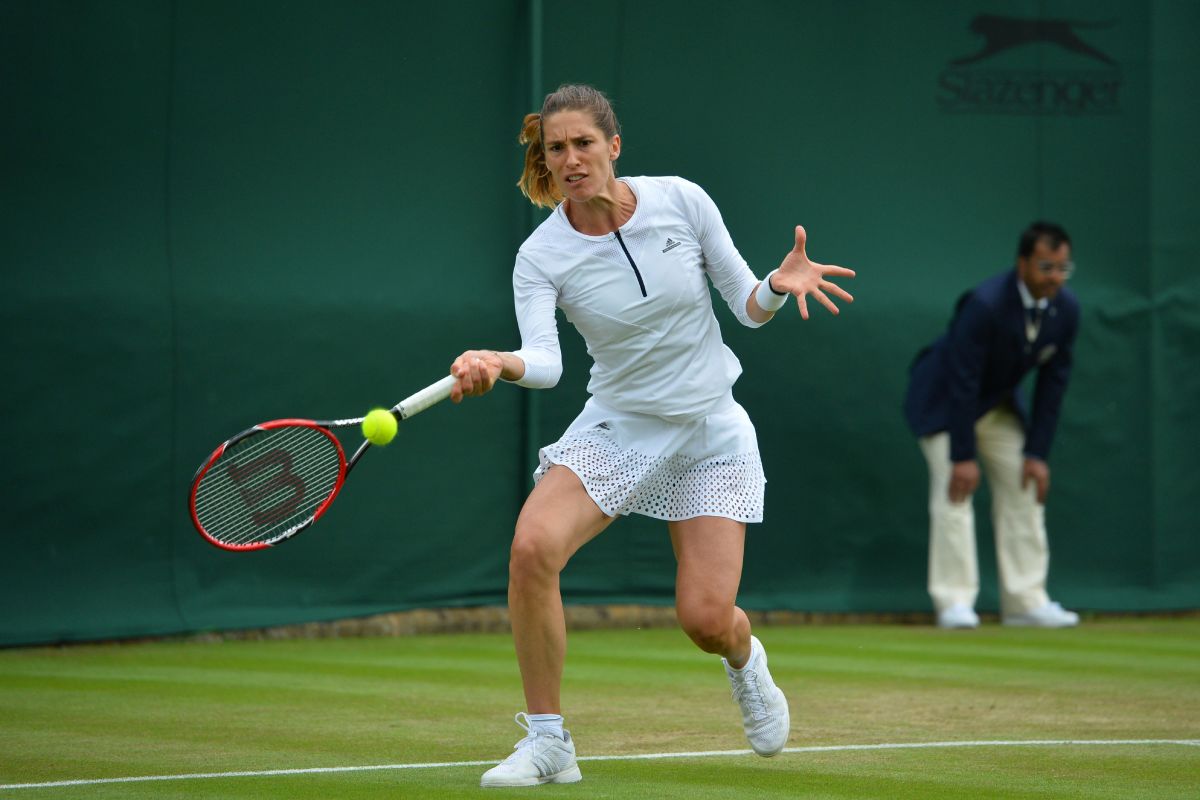
Tomas Berdych
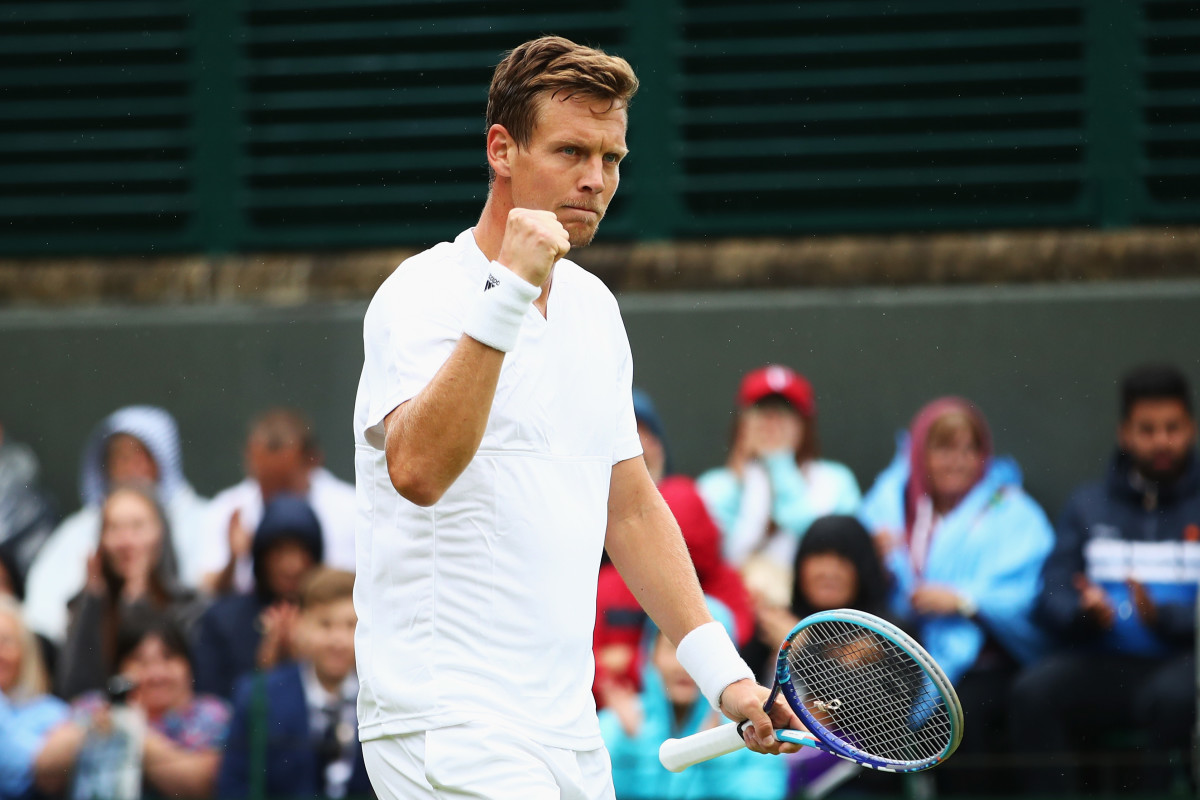
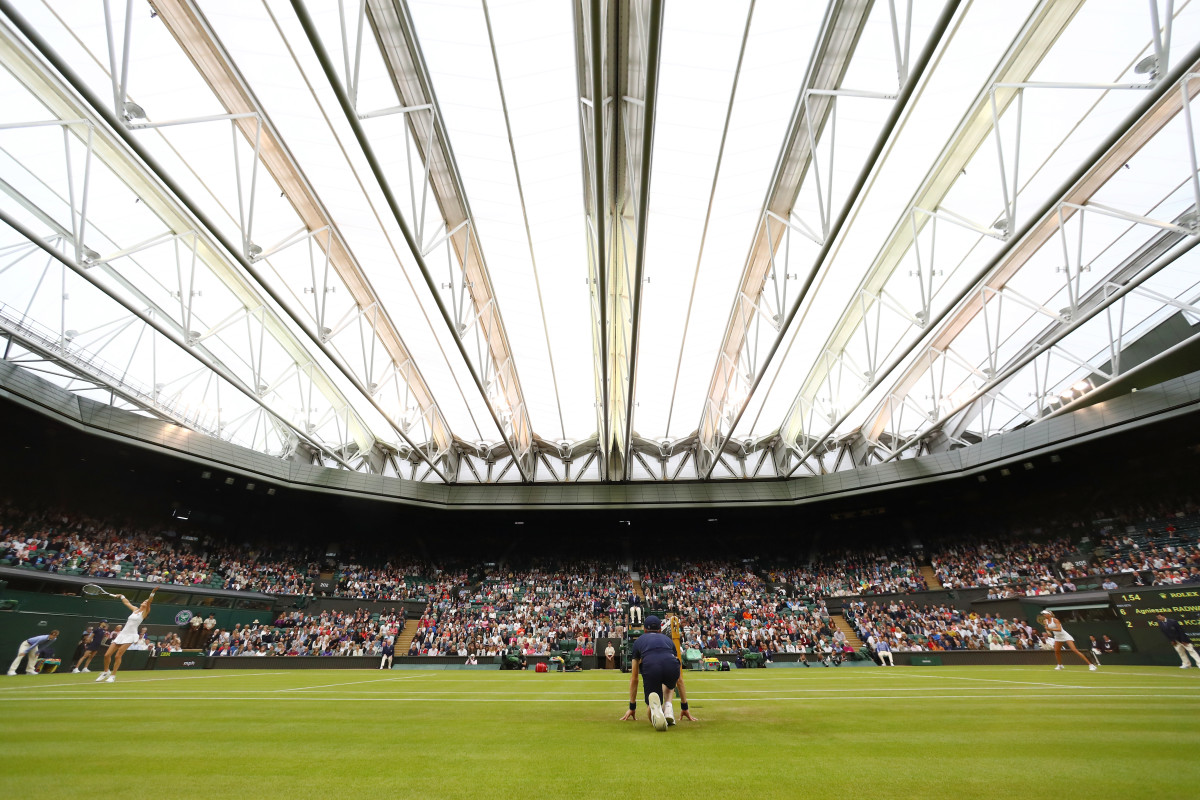
Kateryna Kozlova
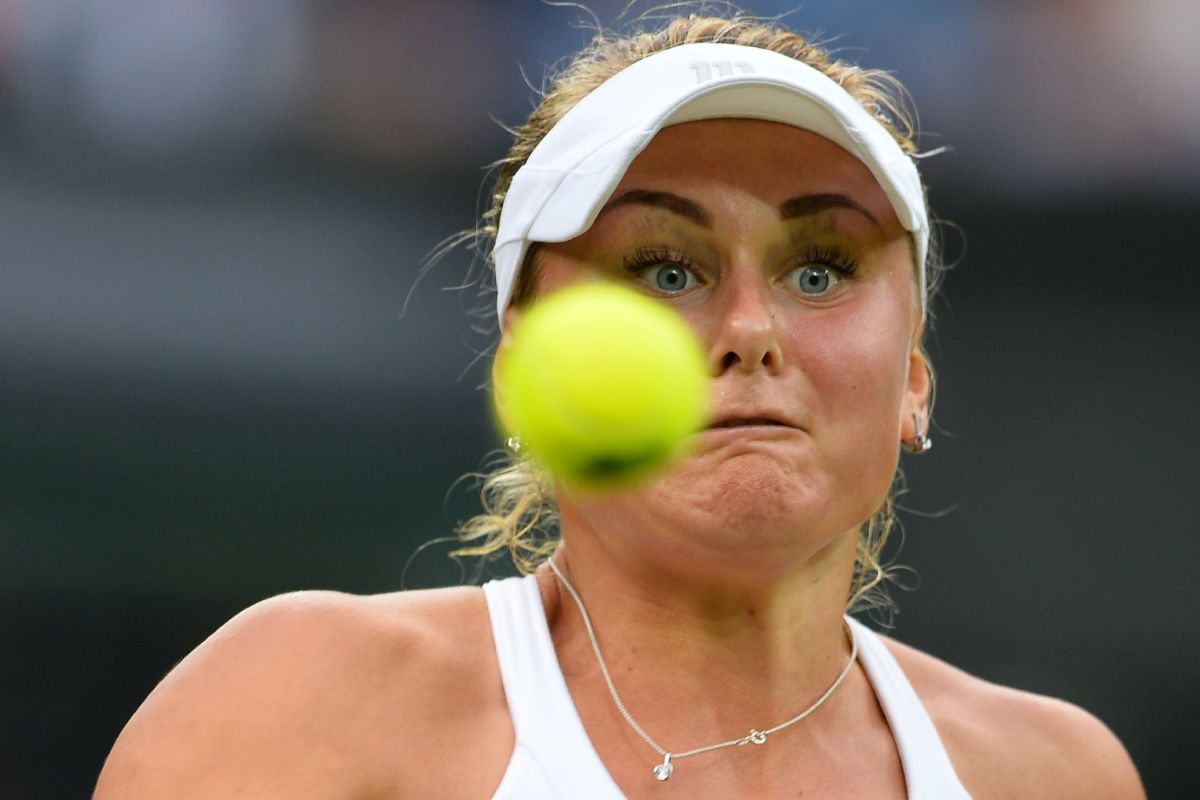
Agnieszka Radwanska
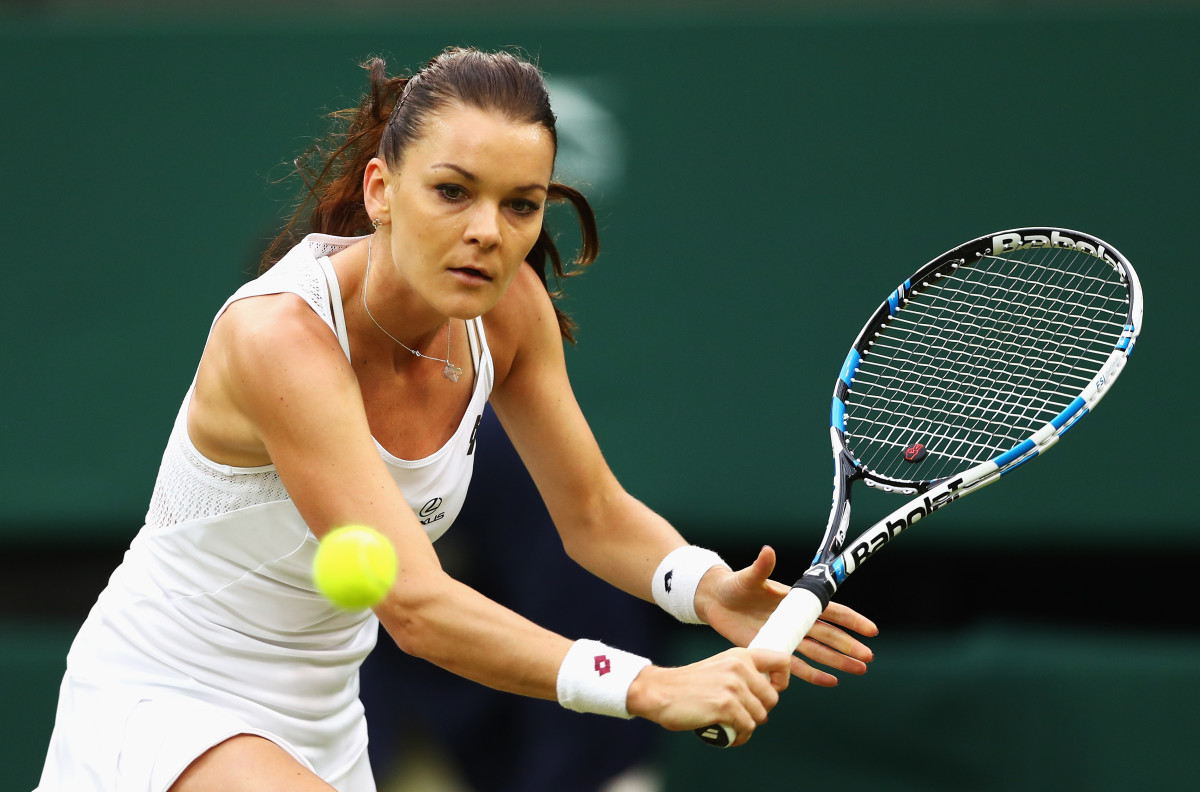
Novak Djokovic
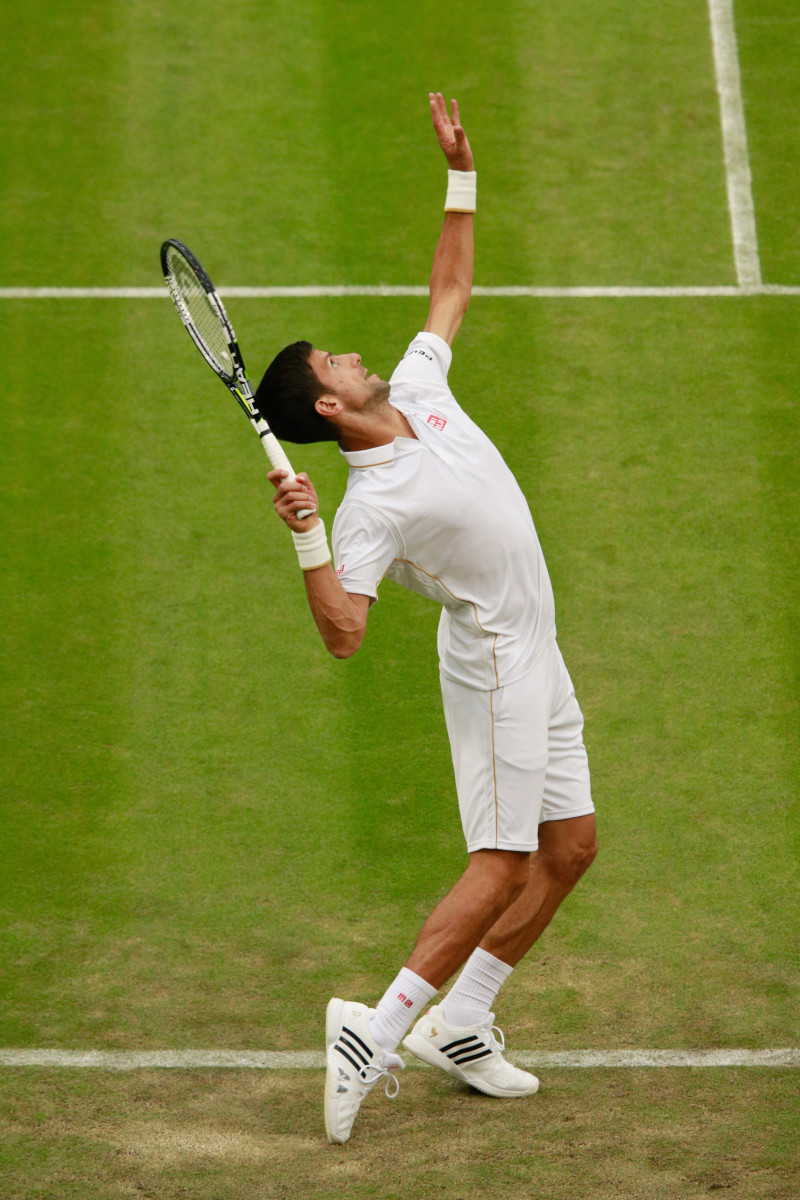
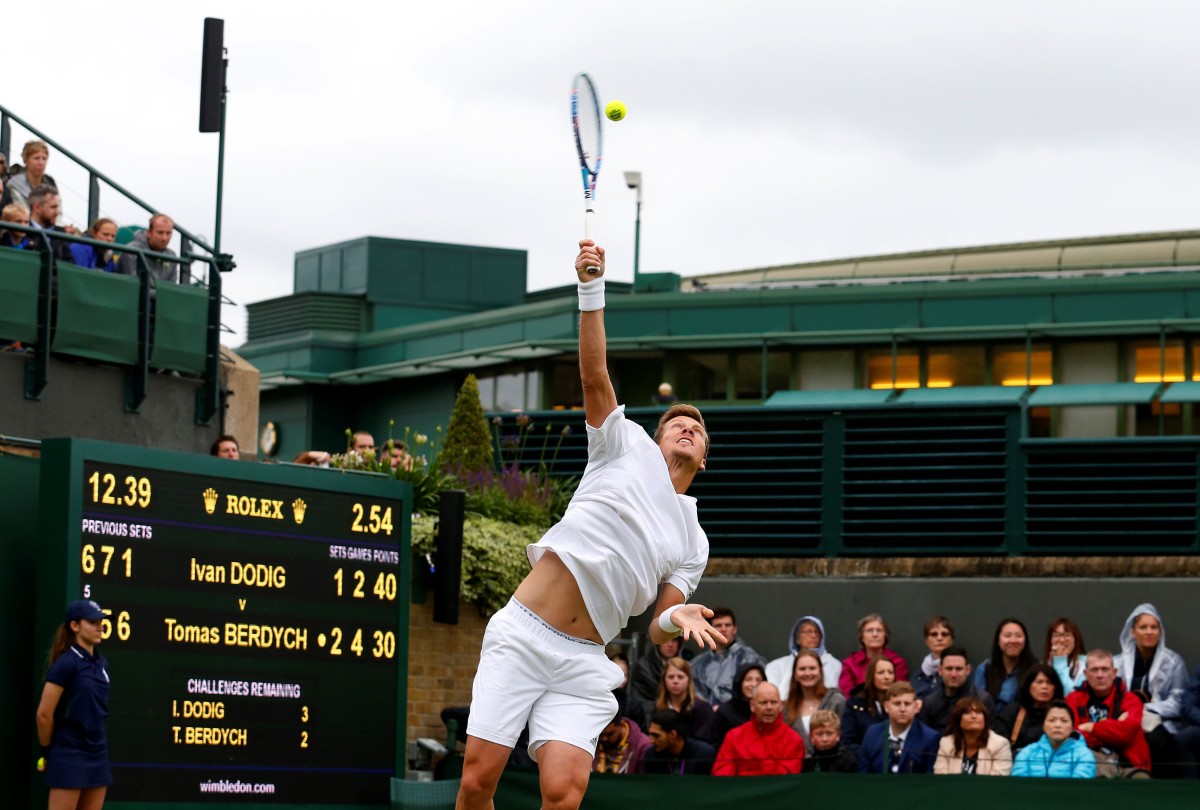
Adrian Mannarino
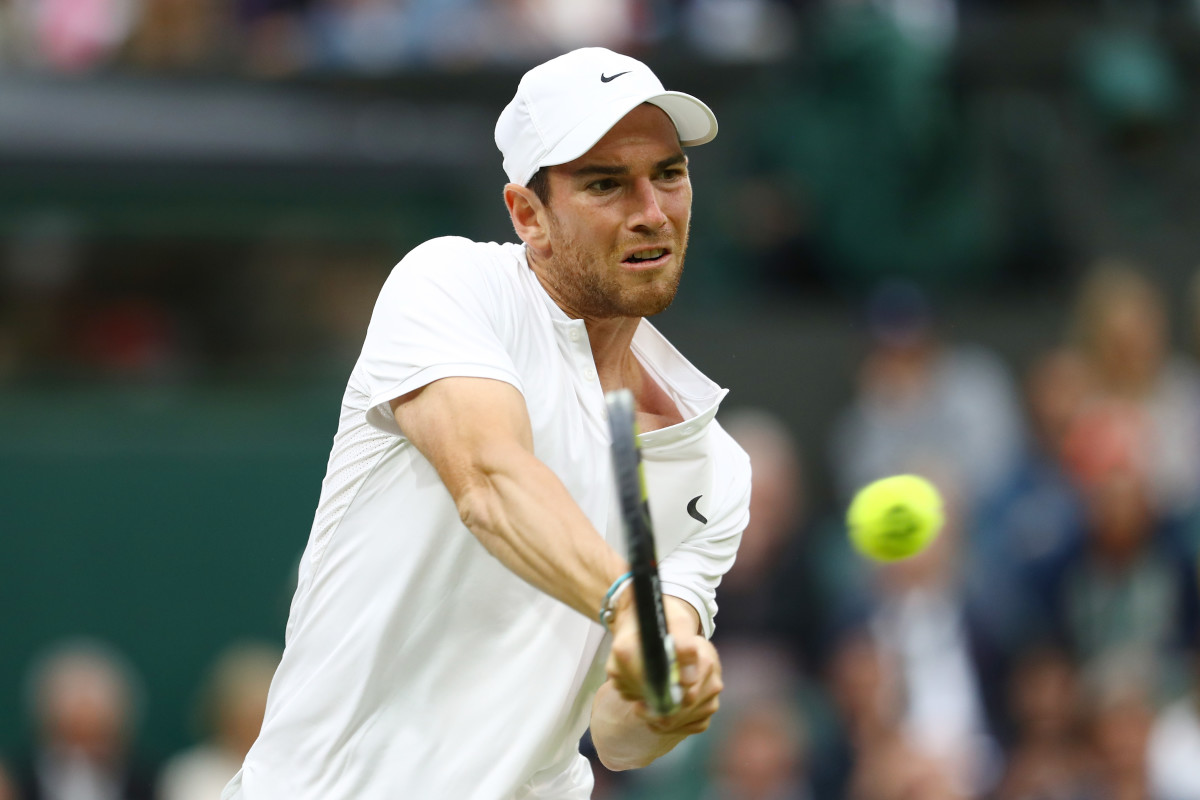
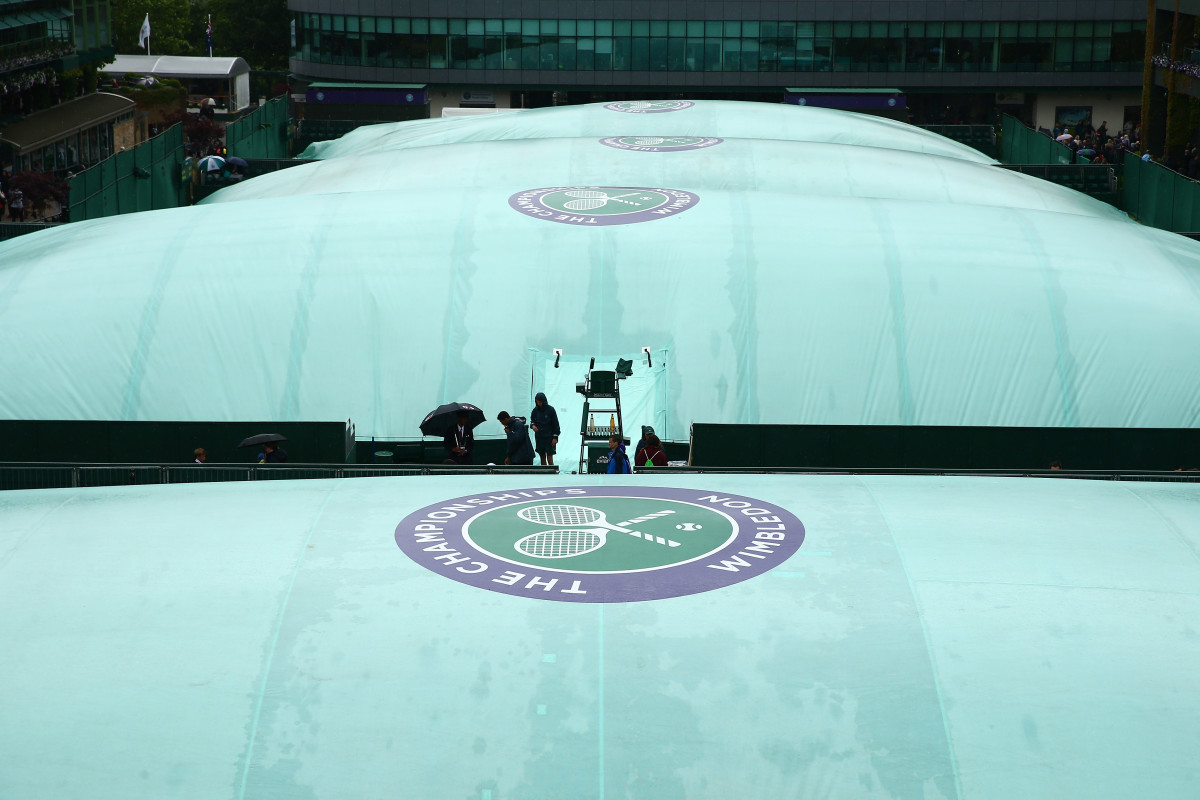
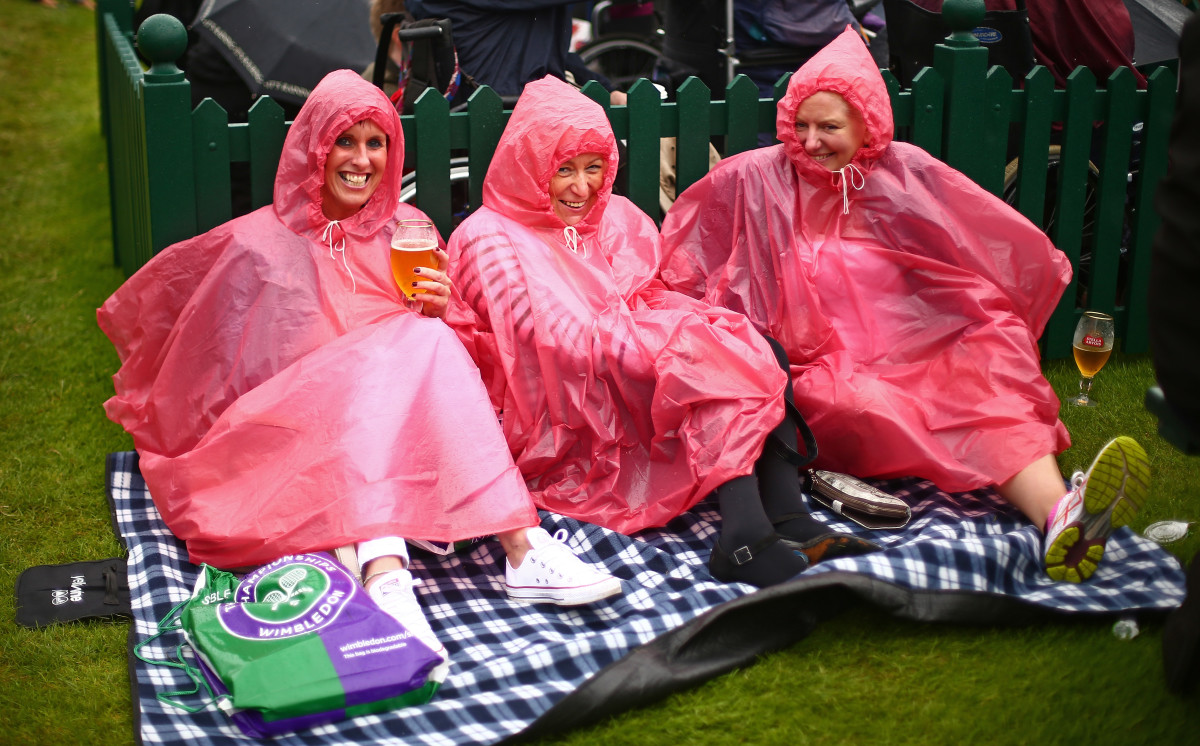
Novak Djokovic
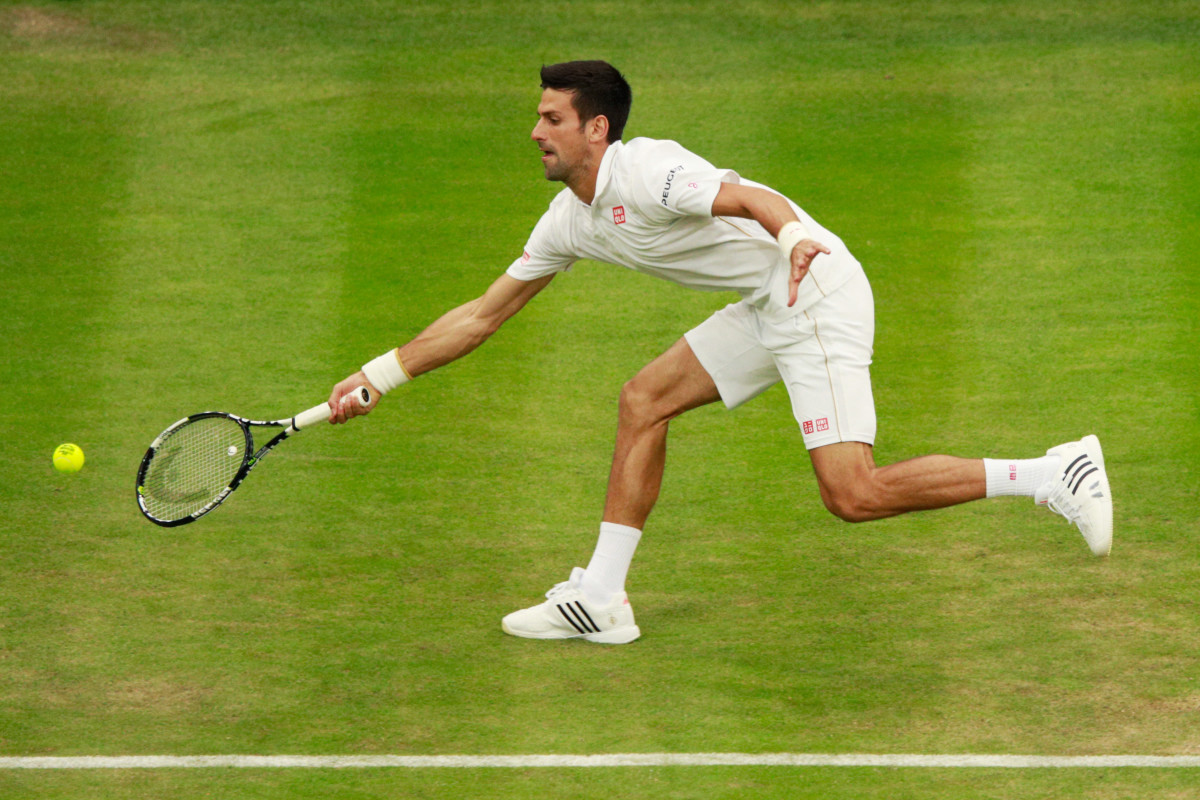
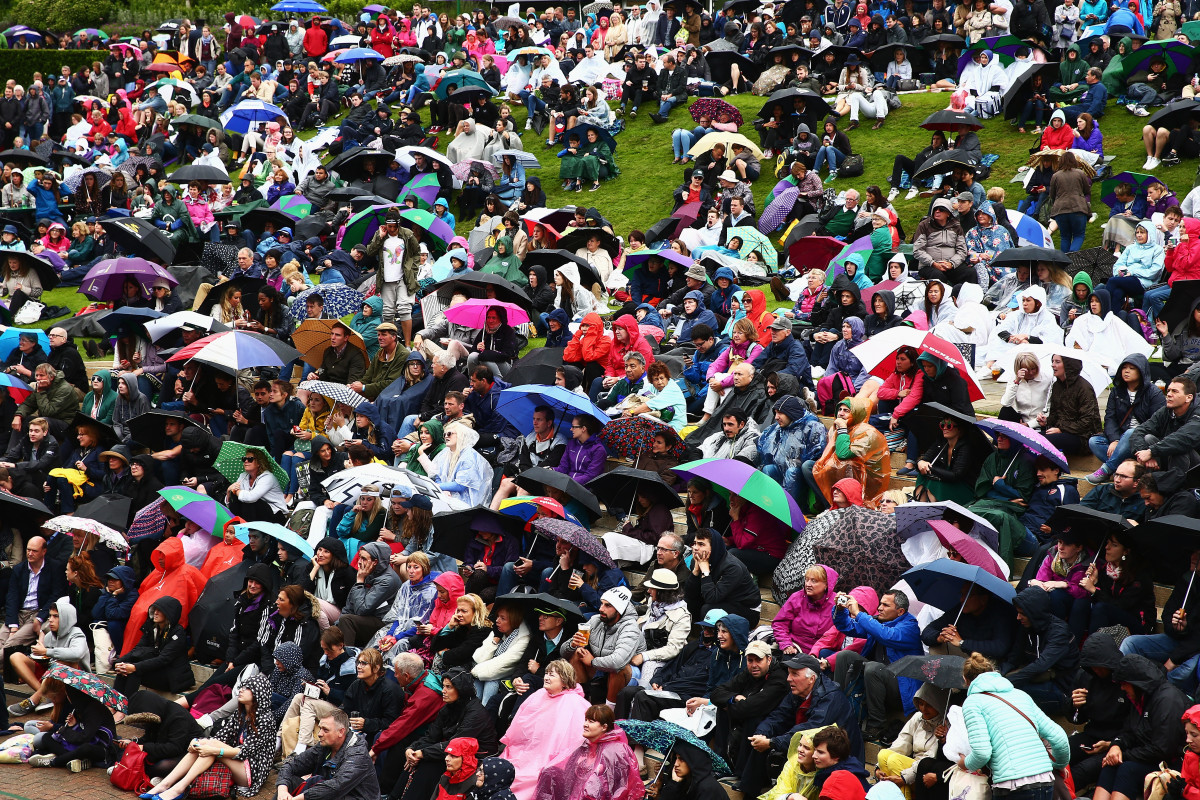
Novak Djokovic
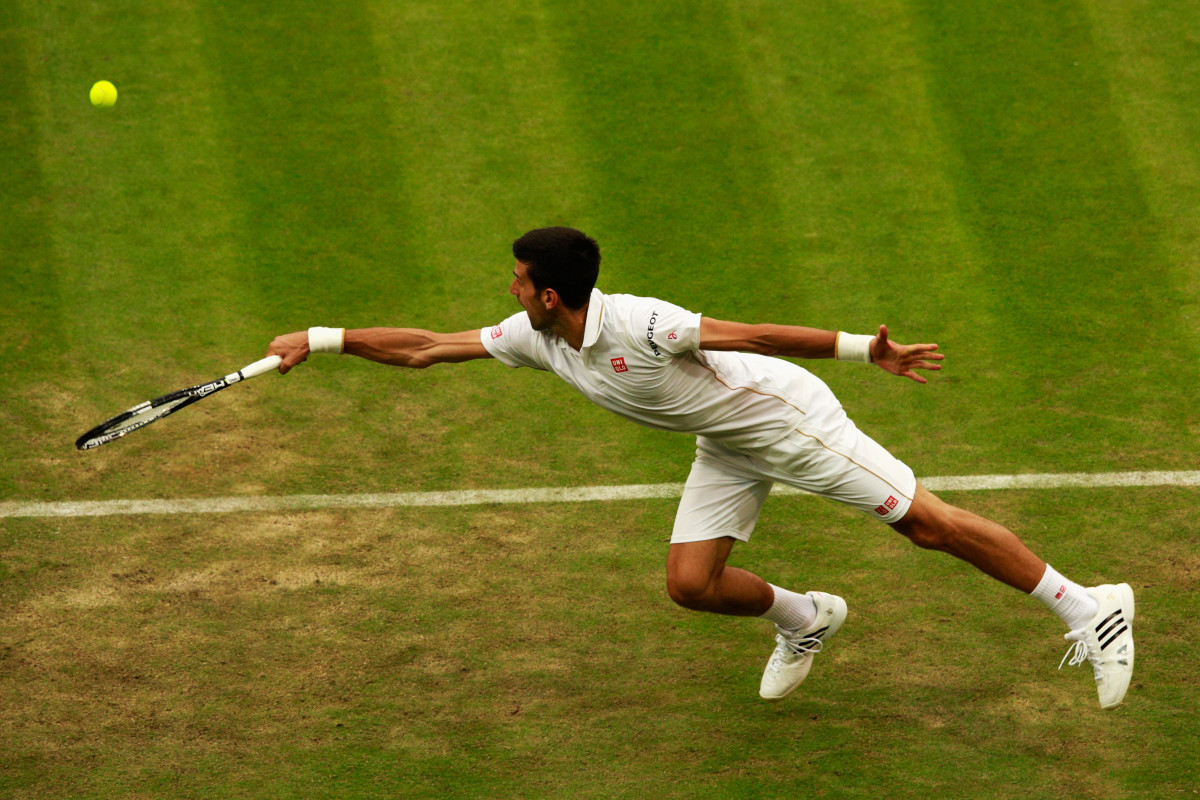
Novak Djokovic
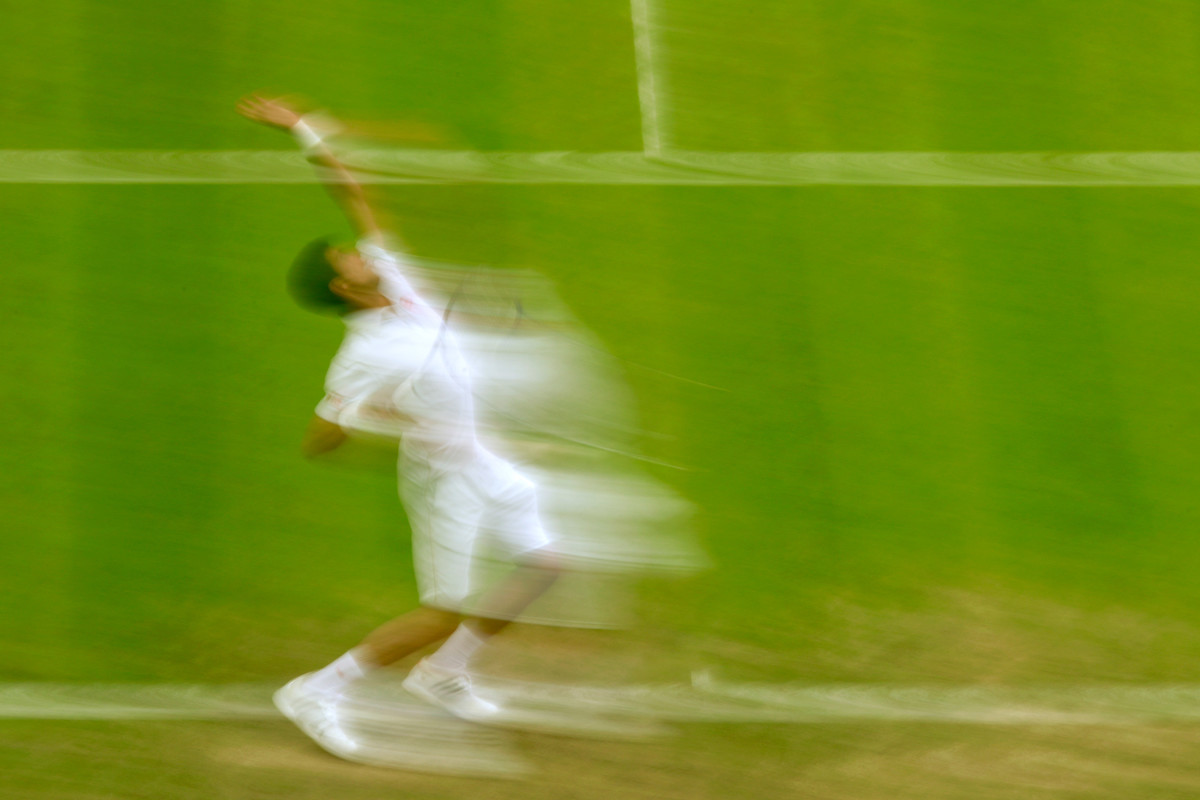
Adrian Mannarino
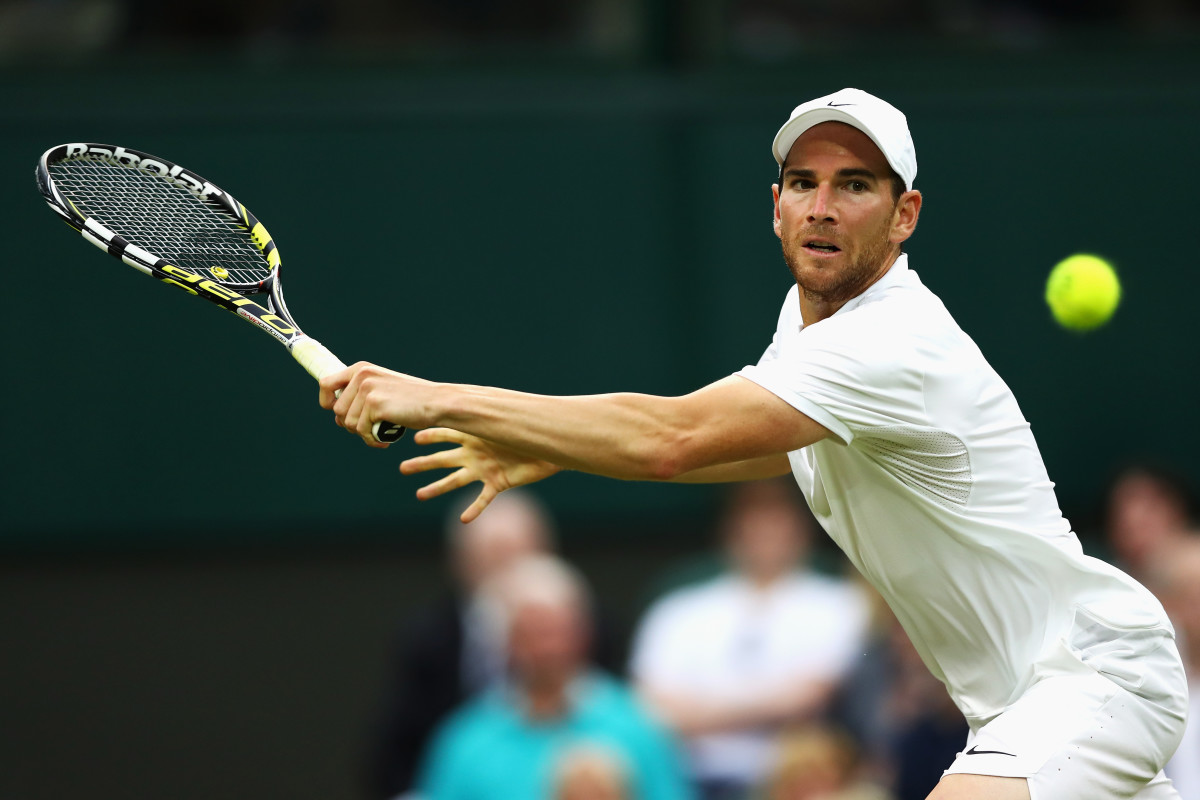
Roger Federer
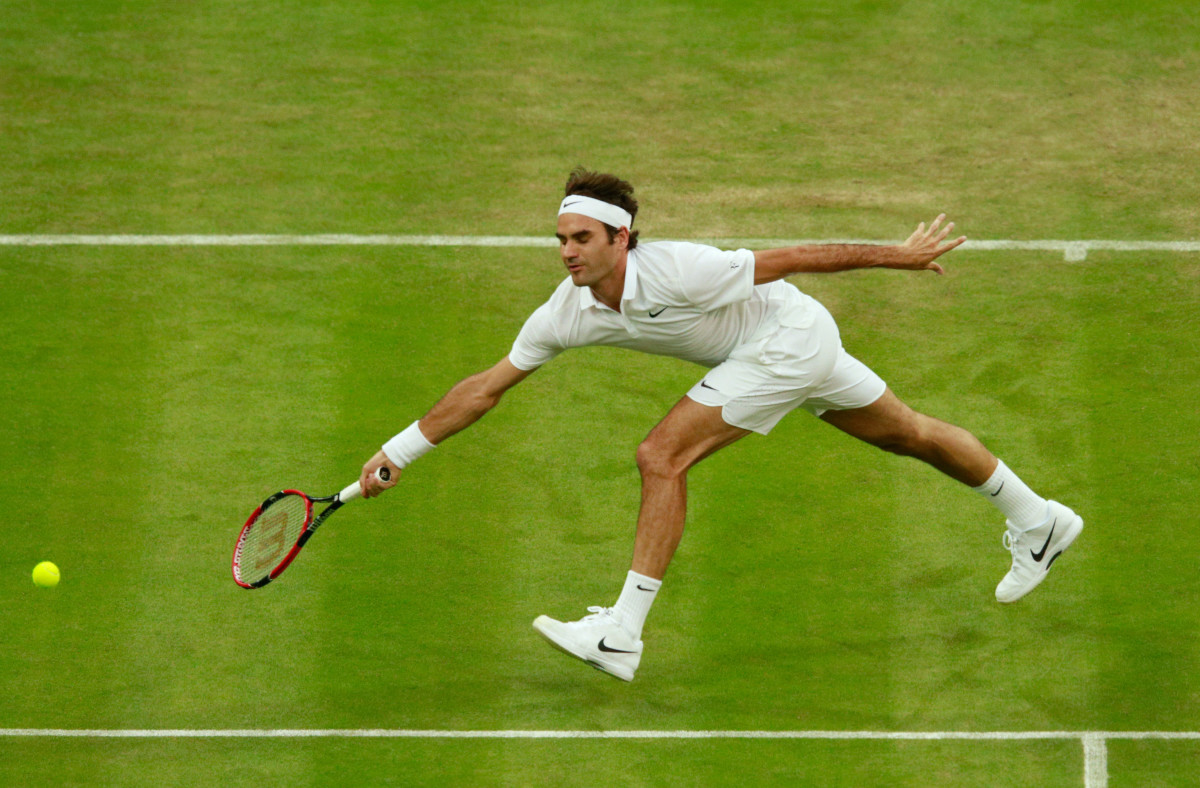
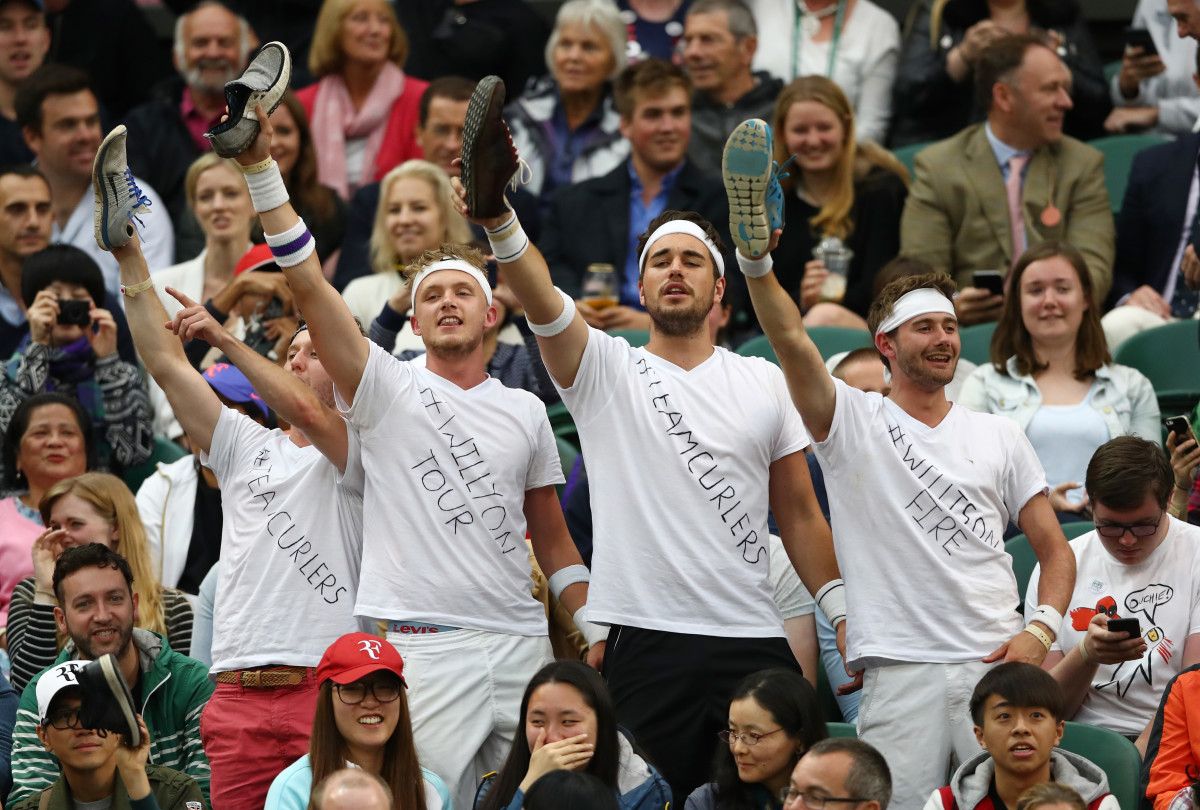
Marcus Willis
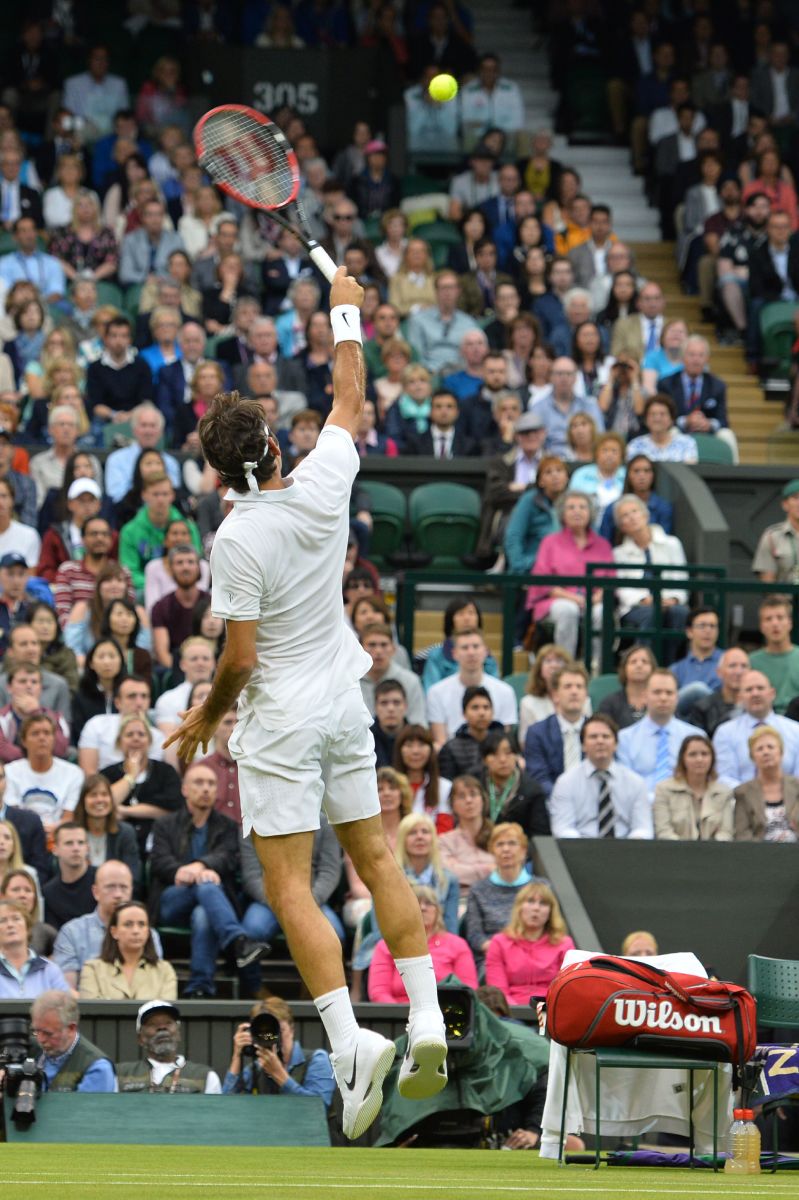
Marcus Willis
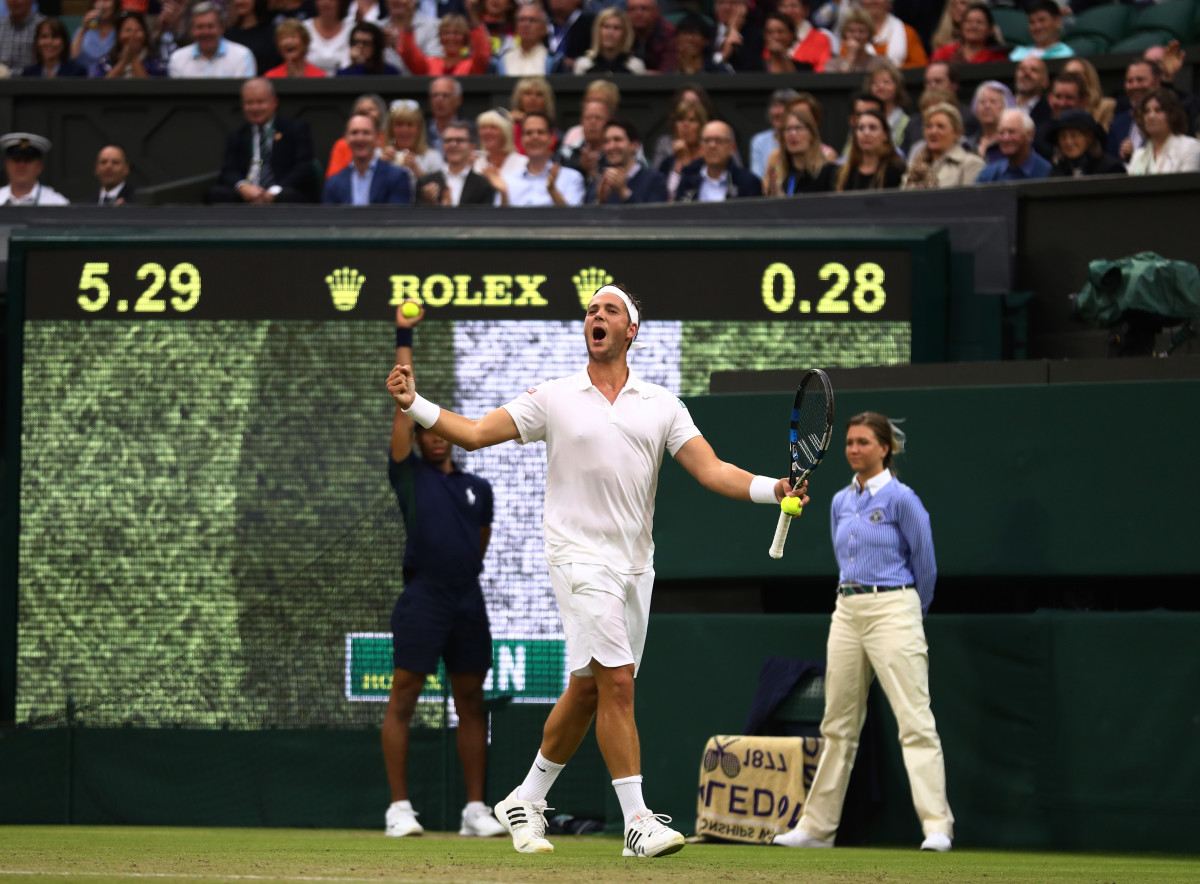
Heather Watson
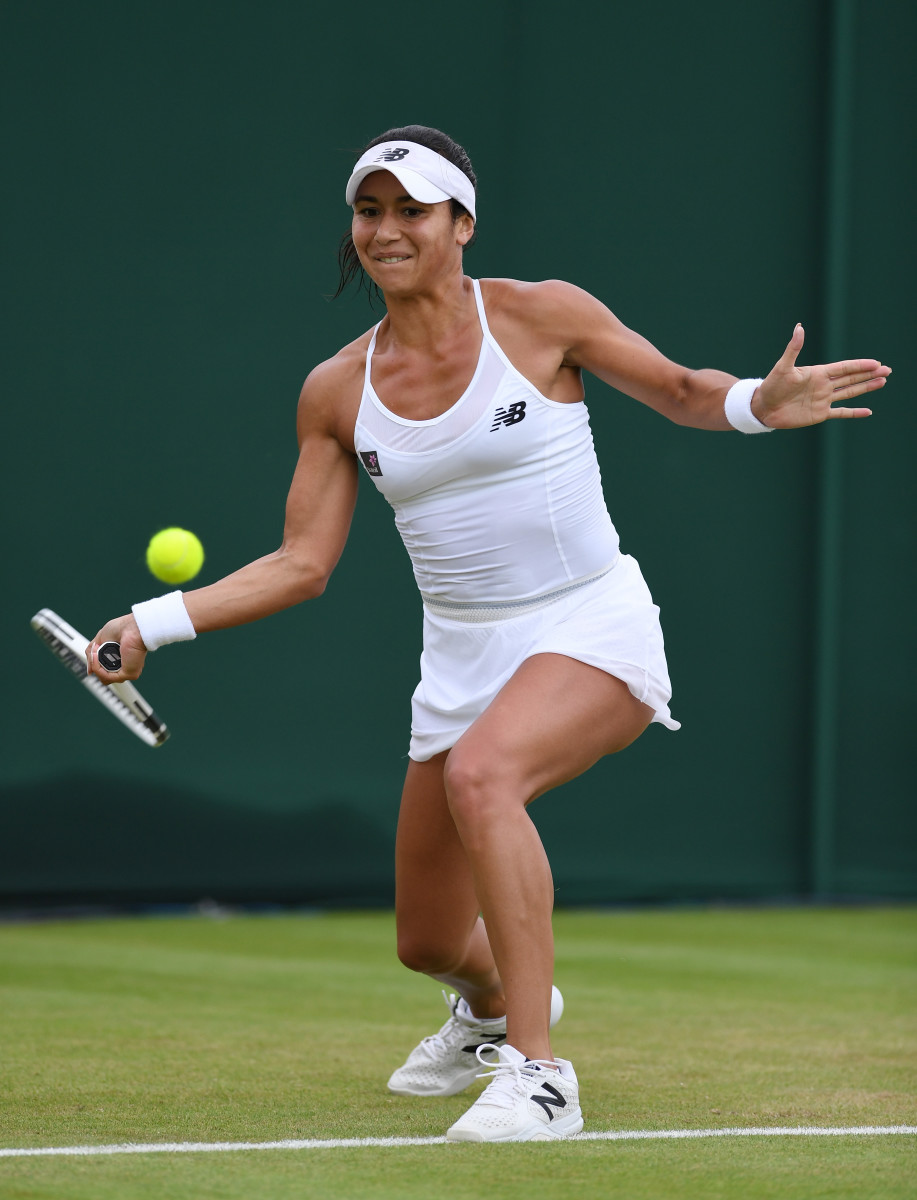
Dominic Thiem
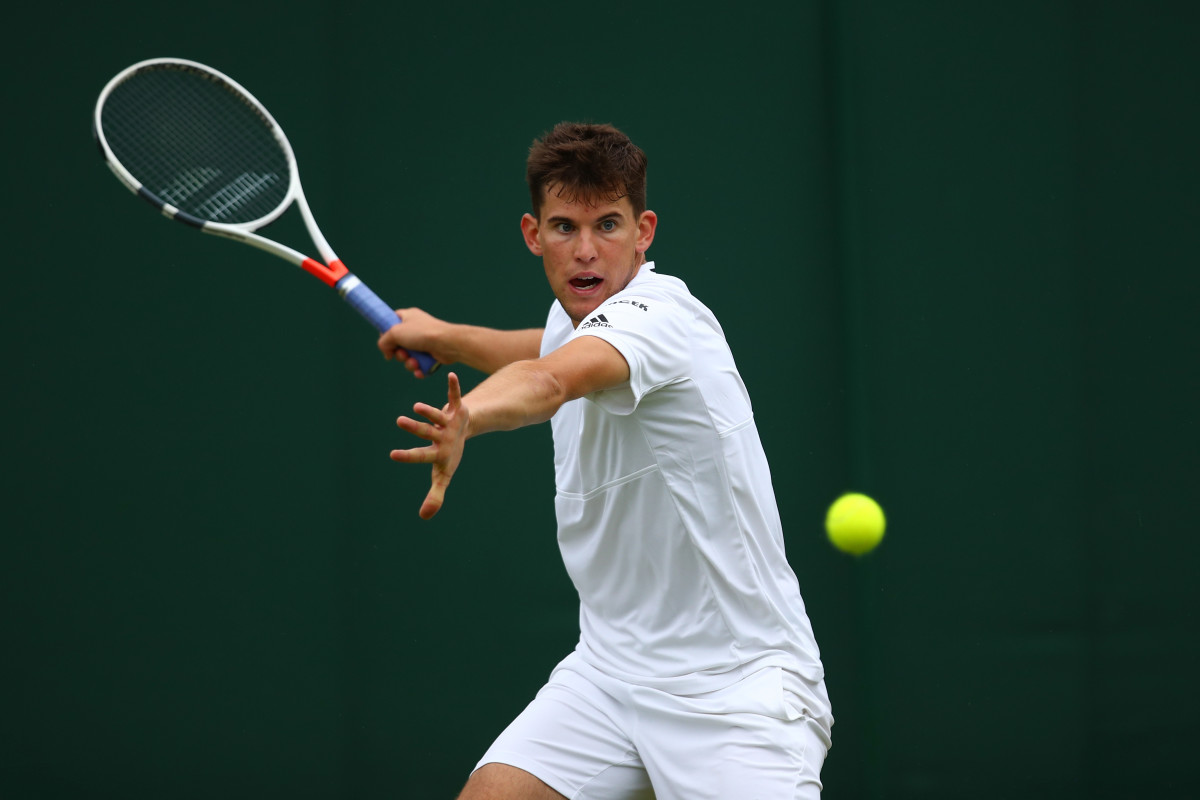
Belinda Bencic
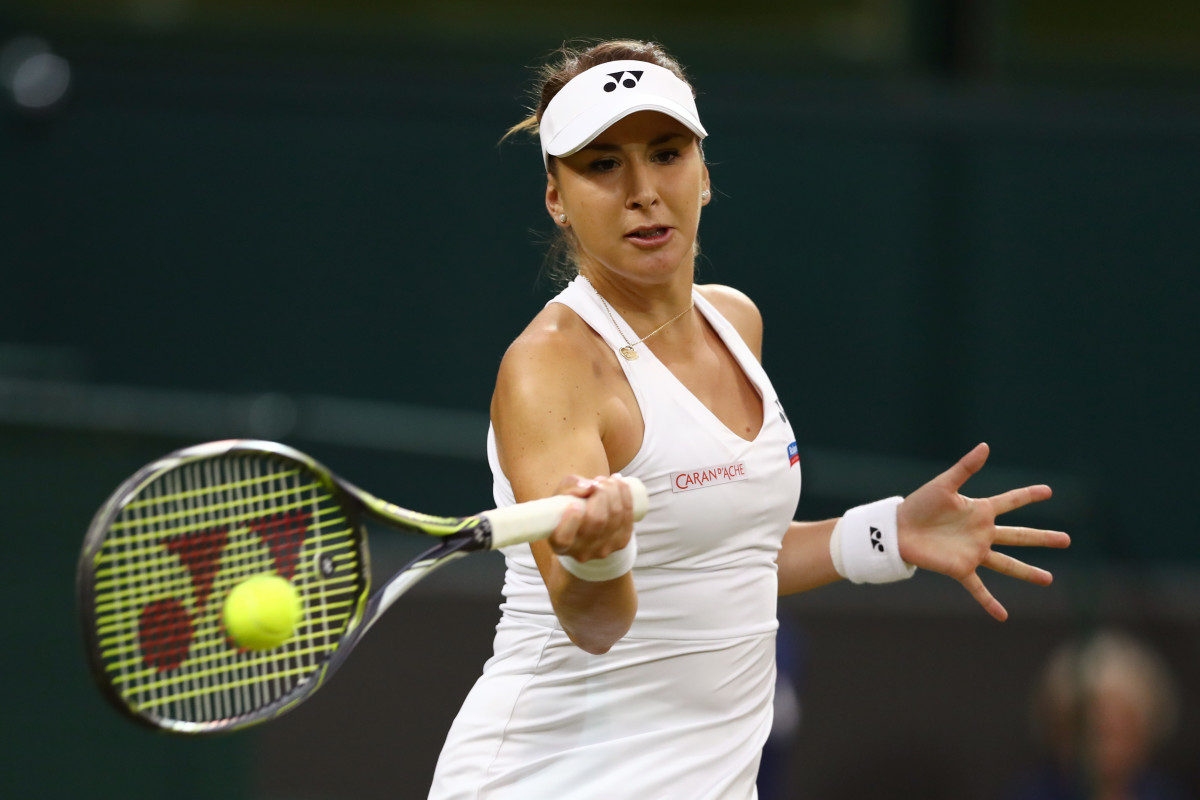
Bernard Tomic
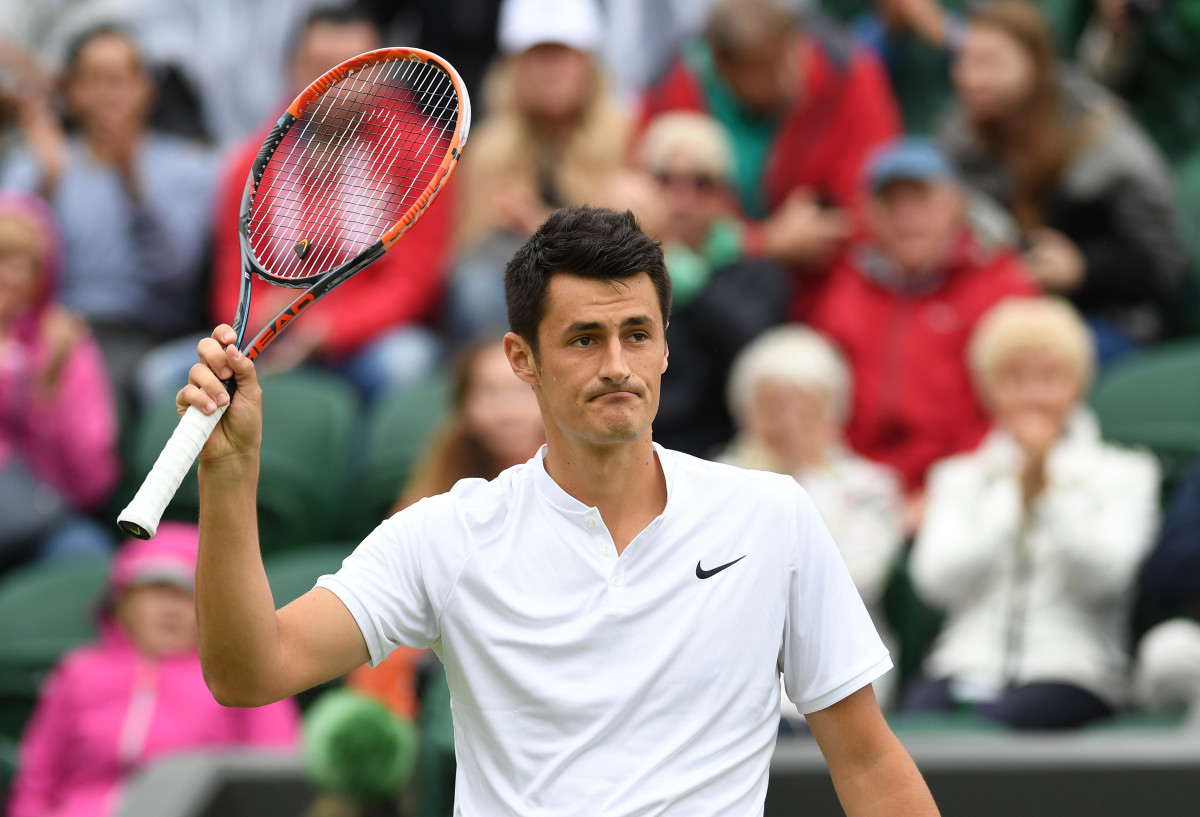
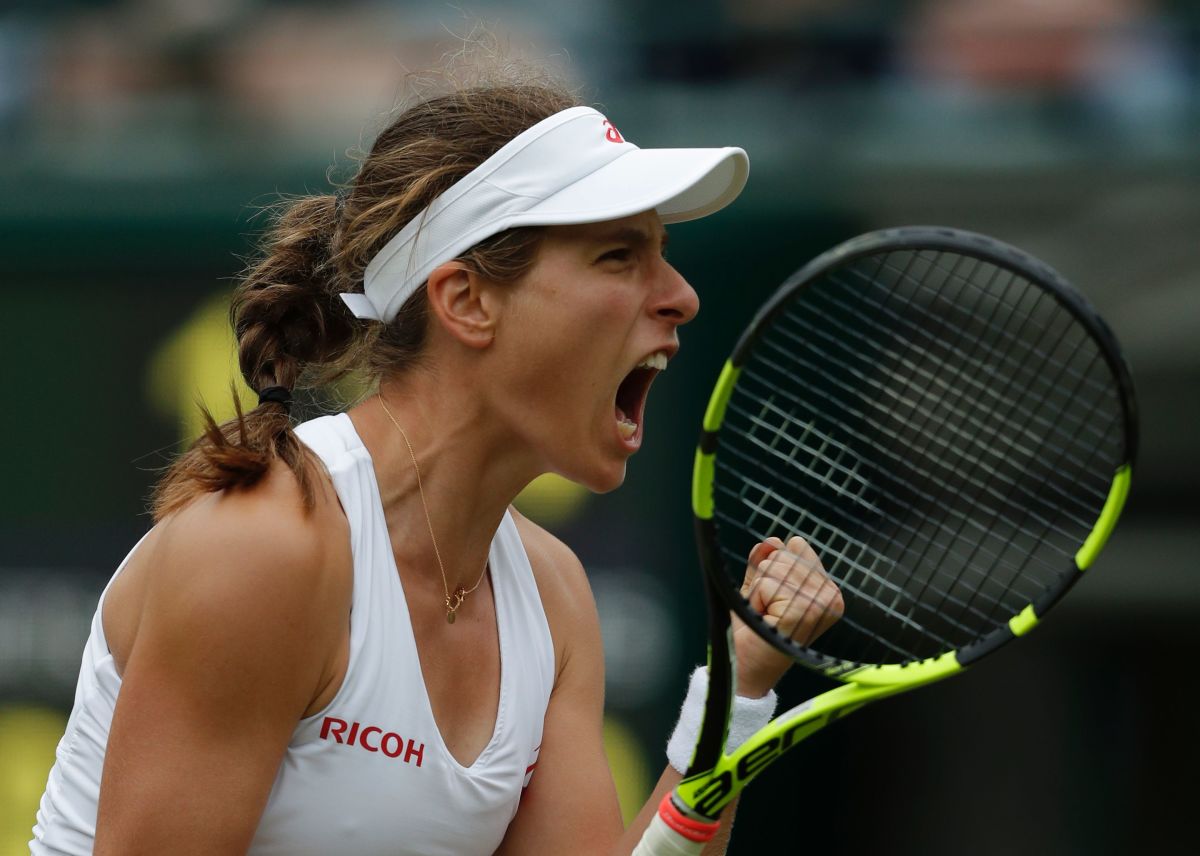
Petra Kvitova
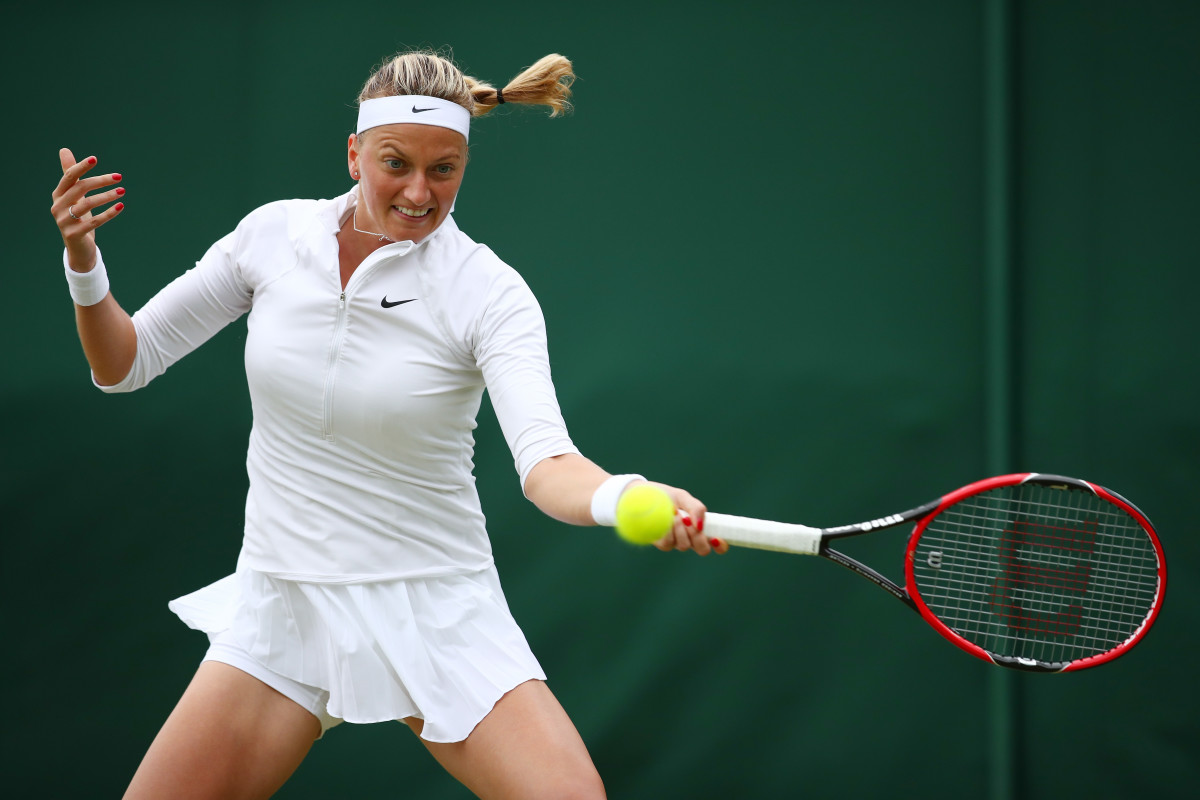
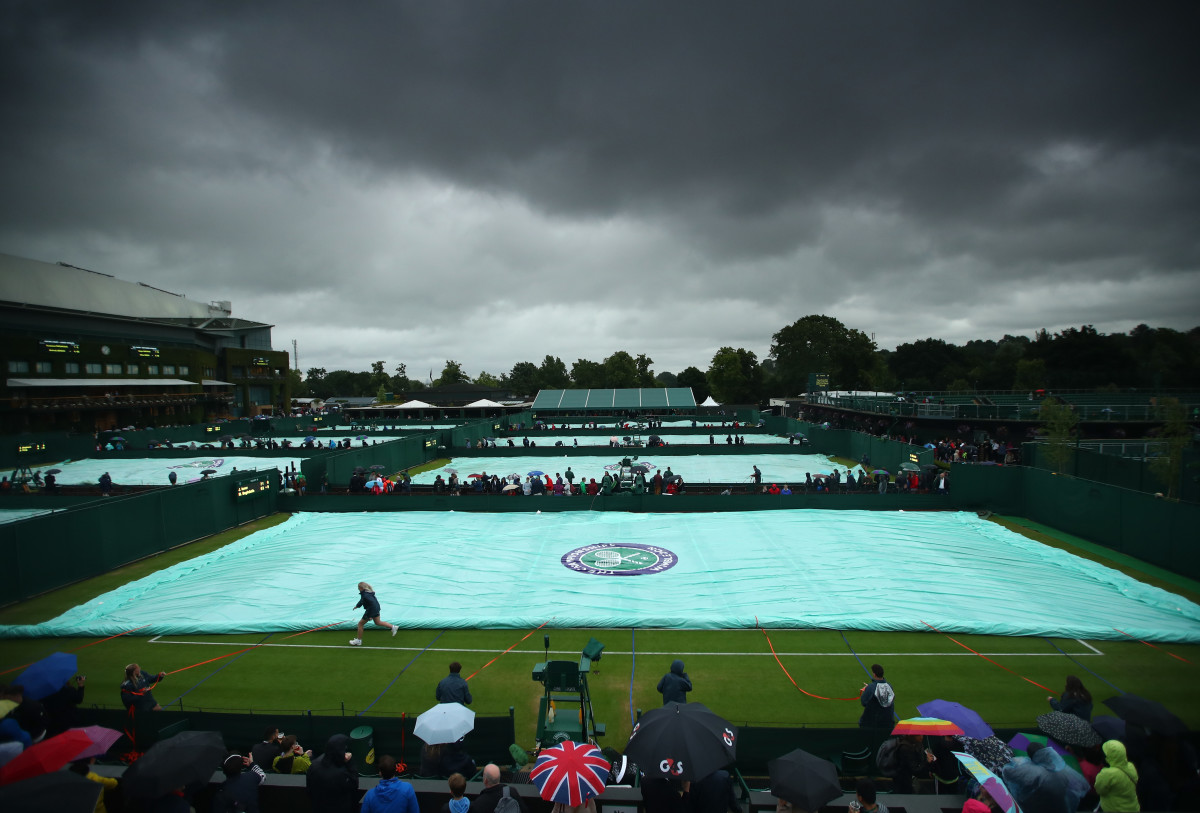
Belinda Bencic
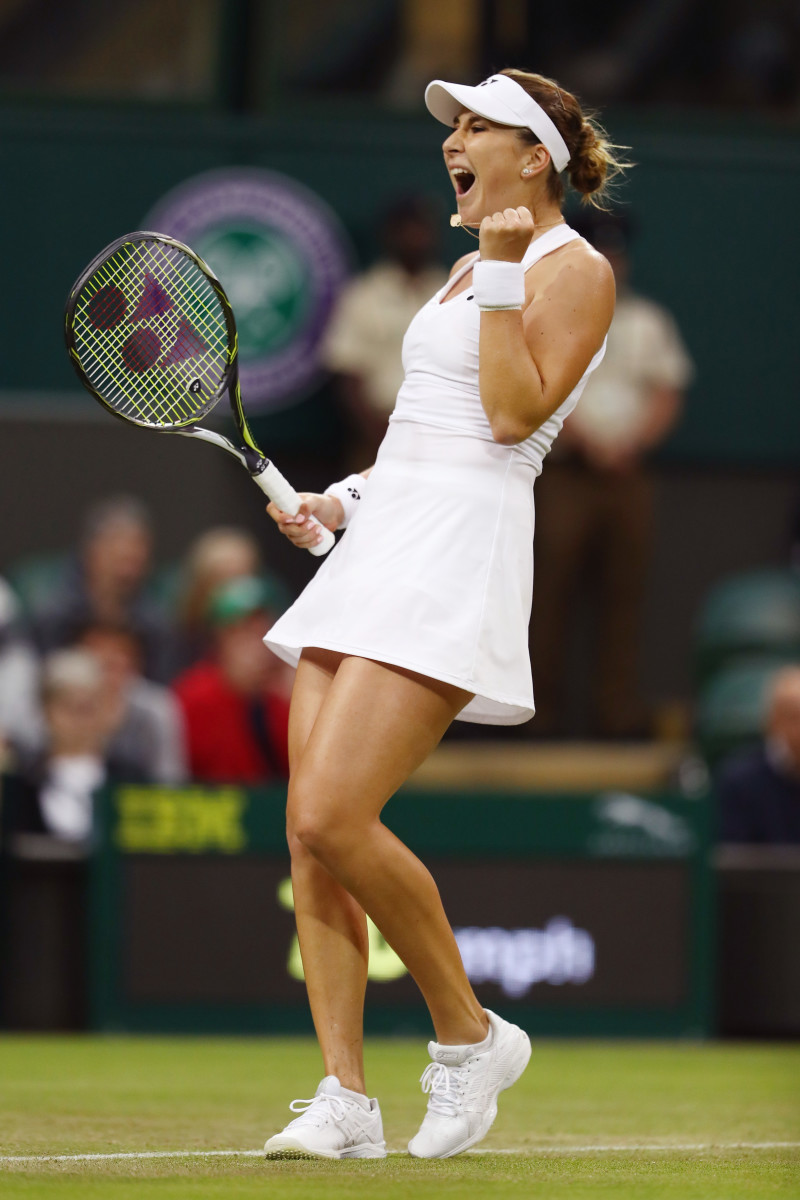
Magdalena Rybarikova
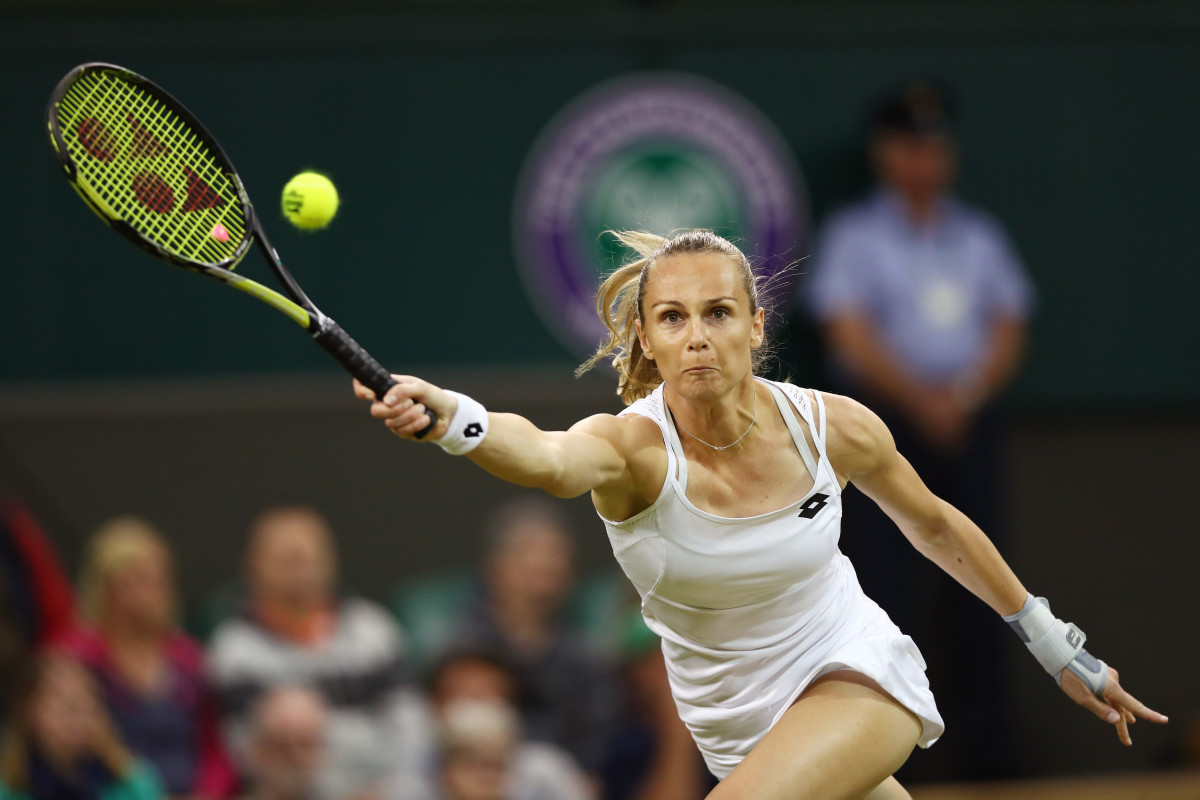
Eugenie Bouchard
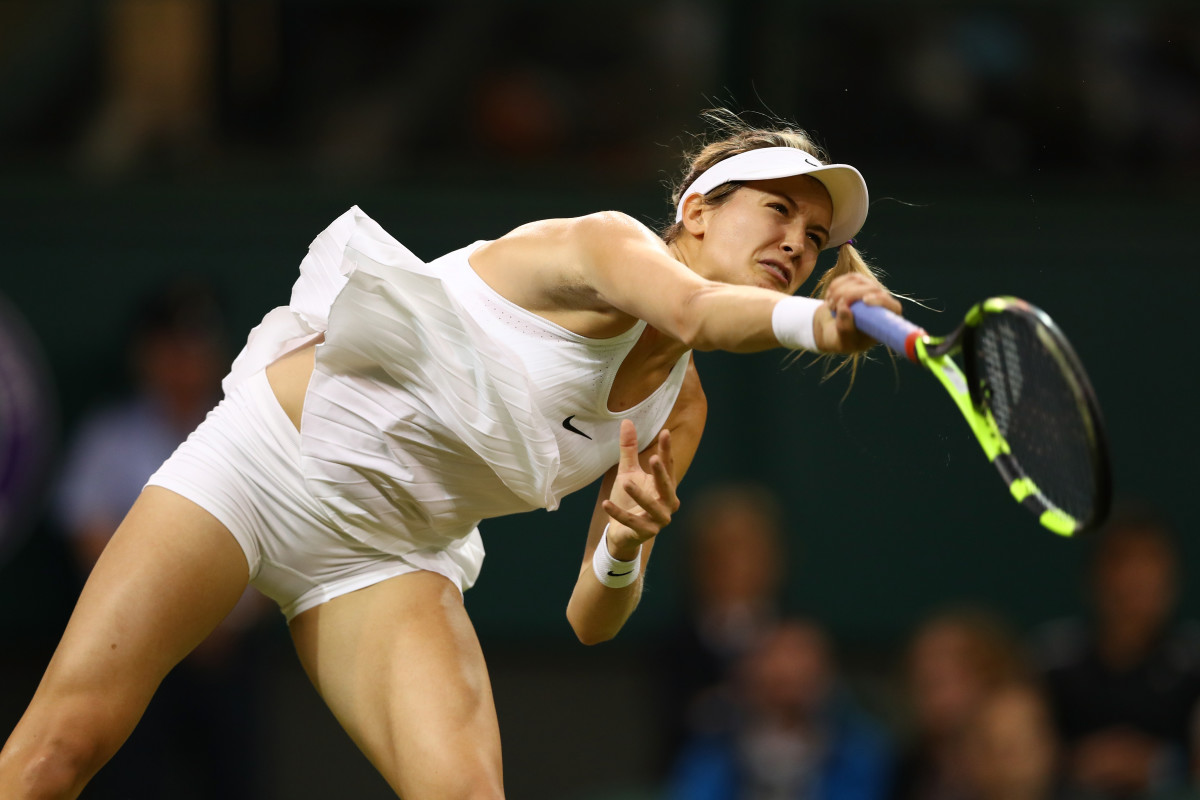
Eugenie Bouchard
